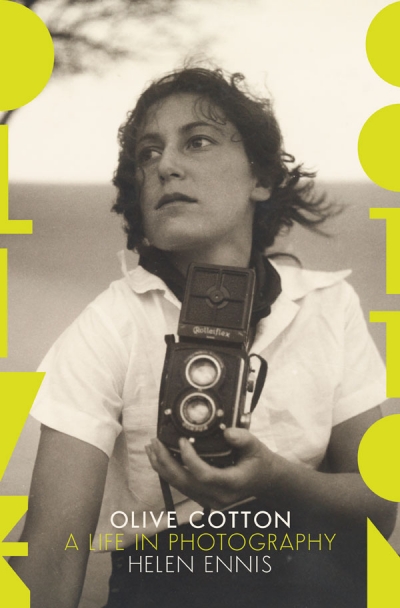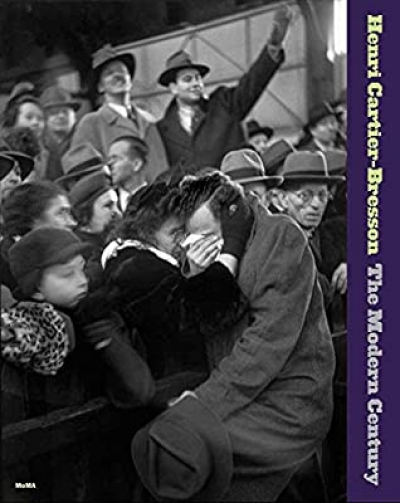Helen Ennis
Sign up to Book of the Week and receive a new review to your inbox every Monday. Always free to read.
Recent:
The Australian modernist photographer Max Dupain is commonly known for his sweltering photograph Sunbaker, which offered the nation one of its most iconic beach images. In today’s episode, Helen Ennis reads her essay ‘Max Dupain’s dilemmas’, which was commended in the 2021 Calibre Essay Prize. It explores the breadth of Dupain’s work beyond Sunbaker, as well as his own grapplings with self-doubt and his complicated perspectives on life and travel.
Helen Ennis is Emeritus Professor at the ANU Centre for Art History and Art Theory and a past ABR Fellow. She is an independent photography curator and writer specialising in the area of Australian photographic practice. She is currently writing a biography of Max Dupain.
... (read more)Max Dupain, one of Australia’s most accomplished photographers, was filled with self-doubt. He told us so – repeatedly – in public commentary, especially during the 1980s, in the last years of his life. It is striking how candid he was, how personal, verging on the confessional, and how little attention we paid to what he said, either during his lifetime or since (he died in 1992, aged eighty-one).
... (read more)Olive Cotton: A life in photography by Helen Ennis
Vivian Maier: A Photographer’s Life and Afterlife by Pamela Bannos
Robert Mapplethorpe: the perfect medium (Art Gallery of New South Wales)
This exhibition has a clear aim – to prove that Robert Mapplethorpe ‘is among the most significant artist of his time’. The evidence marshalled by the curators at the Los Angeles Country Museum of Art and the J. Paul Getty Museum is substantial. They have conducted extensive research, sourced outstanding vintage prints ...
... (read more)On the door to Olive Cotton’s room there is a Dymo-tape label with the name ‘N. Boardman’. Boardman has no relevance whatsoever to Olive’s life story. His name is there because Olive and her husband Ross McInerney’s home – what they always called the ‘new house’ – was previously a construction workers’ barracks. Boardman was one of the occupants, along with Ken Livio and Chris Parris, whose names appear on the doors to adjacent rooms. Olive and Ross, who lived in the ‘new house’ for nearly thirty years, never removed the labels or modified their bedrooms, bathroom, or living areas. This fascinates and perplexes me. Why wouldn’t you erase the signs of those who lived there before you? Why keep them in your most personal, intimate space, your home? What does it mean to live like this? These questions are part of a much larger set arising from my desire to better understand Olive’s life and work, especially during the years when she and Ross lived in country New South Wales, mostly on the property they named ‘Spring Forest’. For much of this time, Olive was invisible to the photography world.
... (read more)Kerryn Goldsworthy wins the Pascall Prize
Advances was delighted to learn that Kerryn Goldsworthy has won the 2013 Pascall Prize ‘Critic of the Year’. Dr Goldsworthy is a frequent contributor to, and former Editor of, ABR; she reviews Lionel Shriver’s new novel in this issue.
... (read more)Everyone, I suspect, has a favourite photograph by Henri Cartier-Bresson. Mine shows two couples picnicking beside what I have always thought was the Marne River but turns out to be somewhere else altogether. Juvisy (1938), as it is now titled, depicts urban workers relaxing near a man-made pond in the suburbs of Paris. This is indicative of the exhaustive research of Peter Galassi and his colleagues, who have brought to light a huge amount of new information on Cartier-Bresson and his photographs. Their book has been published to accompany a Cartier-Bresson exhibition at the Museum of Modern Art, New York, where Galassi is chief curator of photography.
... (read more)








